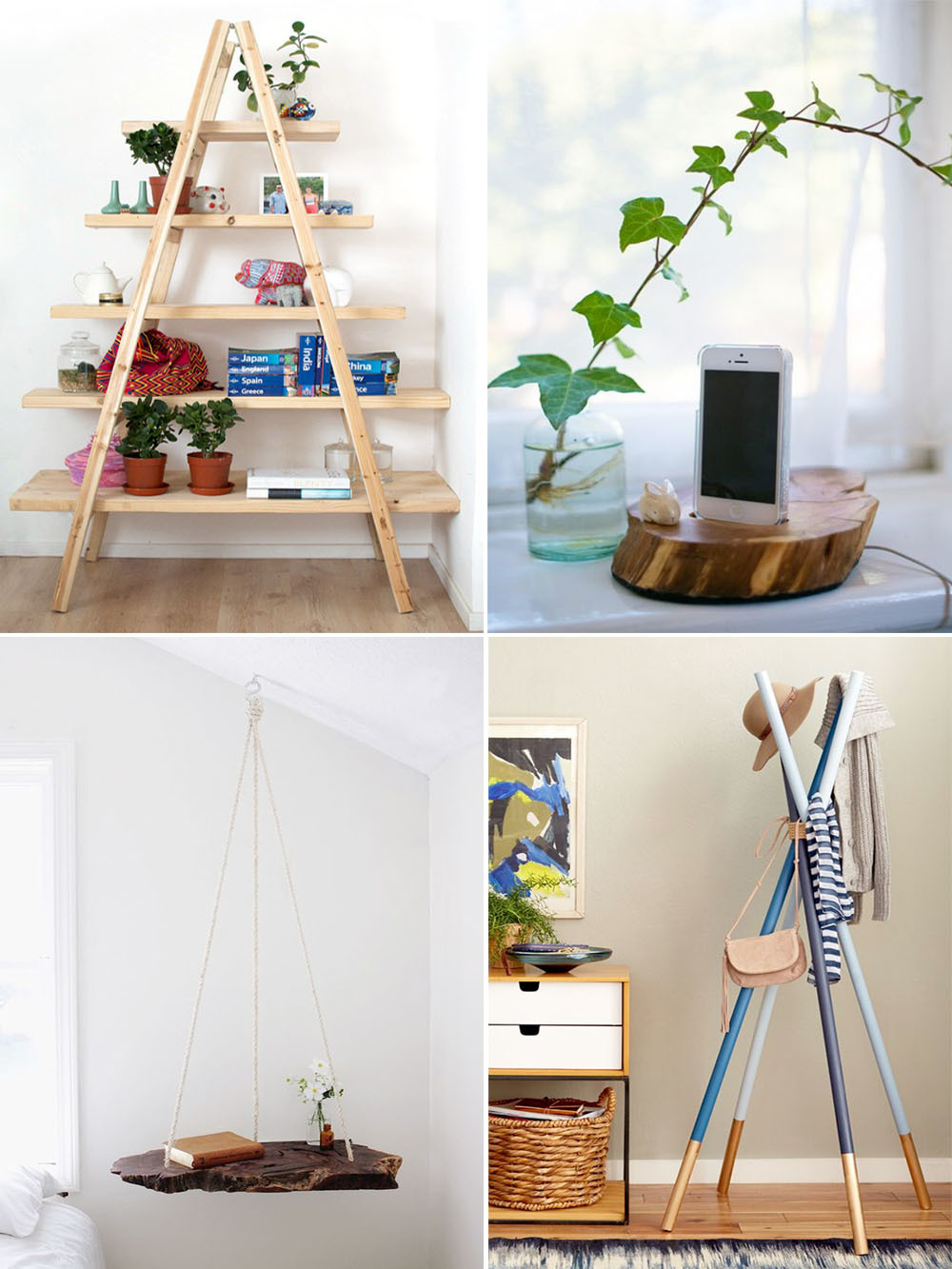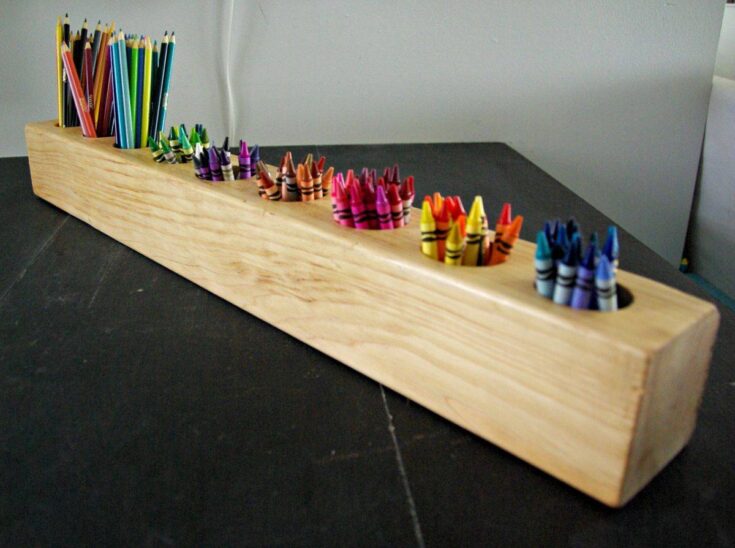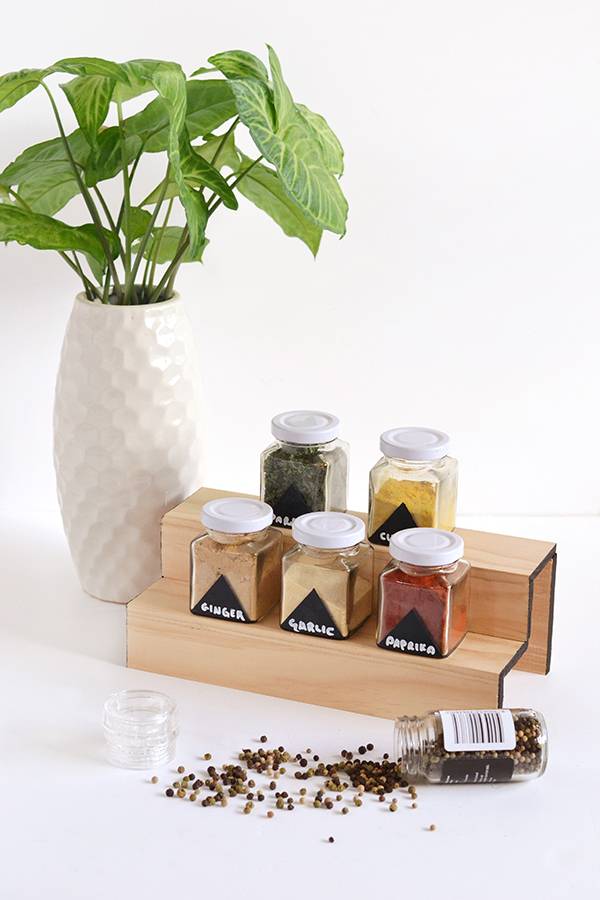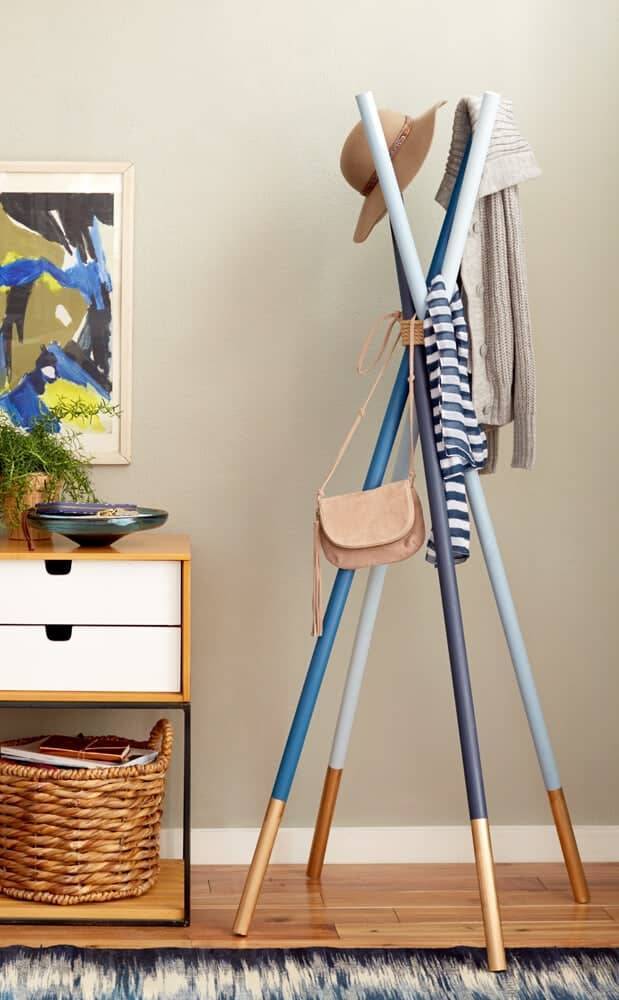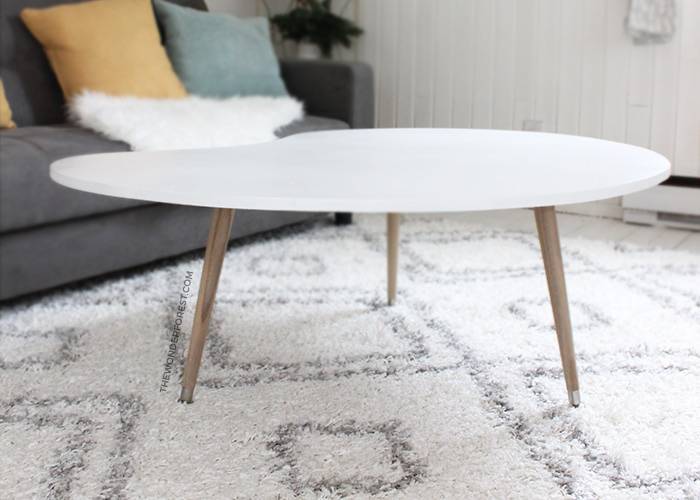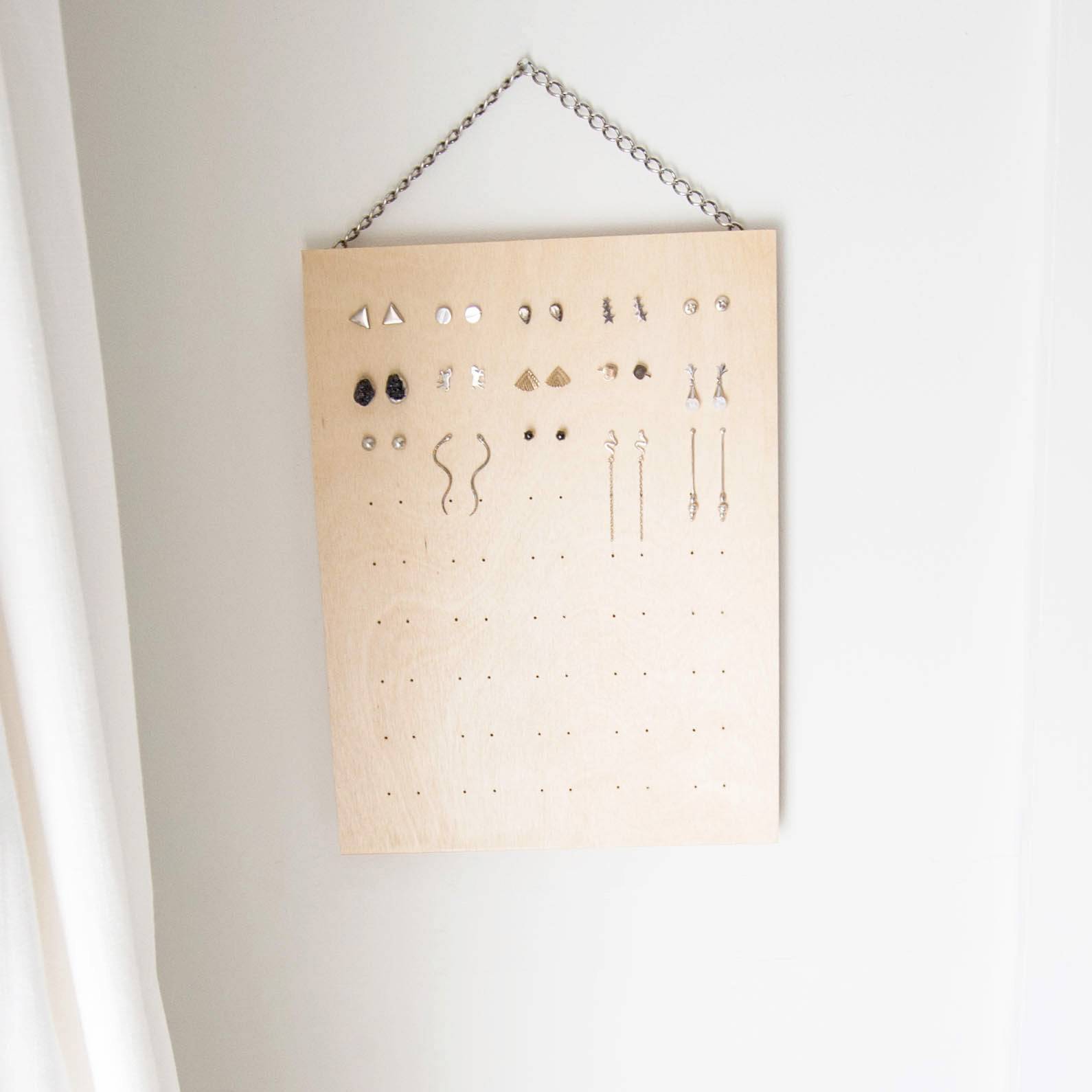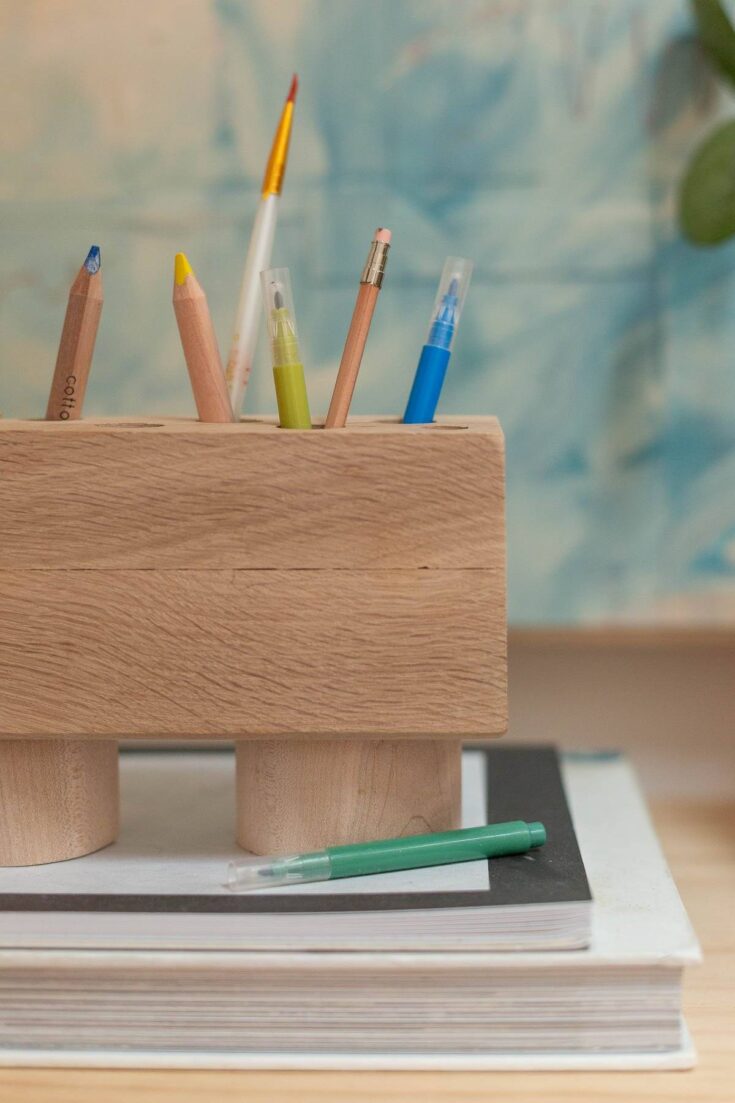If you’re a woodworking beginner looking to delve into the craft, this blog post can be your go-to guide. It covers all the basics, from must-have tools to helpful tips, so you can start your woodworking journey with confidence. With this knowledge, you’ll be able to tackle simple projects that showcase your skills as a craftsman.
Woodworking is a fulfilling and rewarding hobby that allows you to unleash your creativity while working with your hands. If you’re a beginner looking to dive into the world of woodworking, starting with simple projects is an excellent way to develop your basic woodworking skills and gain confidence in your craftsmanship.
In this article, we will explore essential woodworking tools for beginners, along with recommendations for trusted brands and where to purchase them. We’ll also share valuable woodworking tips that will help you create a safe and organized workspace, understand different wood types and their properties, and master basic techniques. Additionally, we’ll dive into common beginner mistakes, empowering you to overcome challenges and improve your woodworking skills.
To put your newfound knowledge into practice, we will showcase a selection of simple woodworking projects perfectly suited for beginners.
Whether you’re seeking a new hobby or eager to enhance your DIY skills with an easy DIY project, this guide will serve as a valuable resource for anyone interested in woodworking. So, let’s roll up our sleeves, grab some tools, and venture on a journey of creativity and craftsmanship with these easy woodworking projects for beginners.
Woodworking Tips For Beginners
Woodworking can be a fulfilling and enjoyable craft, but it’s important to have a solid foundation of knowledge and skills. Here are some valuable woodworking tips to help beginners get started and achieve successful results:
Setting up a safe and organized workspace
- For a more comfortable and productive working environment, it’s important to have adequate lighting and ventilation in your workspace. This will not only improve visibility but also promote a more comfortable atmosphere.
- Keep your workspace organized by clearing clutter and maintaining a clean area. This not only improves safety but also enhances productivity.
- Prioritize safety by wearing appropriate protective gear such as safety glasses, ear protection, and a dust mask. Also, familiarize yourself with safety procedures when using power tools.
Understanding wood types and their properties
- As a beginner, it’s important to become familiar with common wood species like pine, oak, or maple. Take some time to research their unique characteristics, strengths, and weaknesses.
- Consider the specific properties of different woods when selecting materials for your projects. Factors such as hardness, grain pattern, and durability can impact the final result.
- When embarking on a woodworking project, it’s important to consider the moisture content of the wood and how it may impact the final outcome. Familiarizing yourself with wood movement and expansion will enable you to craft sturdier and longer-lasting pieces..
Basic woodworking techniques for beginners
- Develop accuracy in measuring and marking by using reliable measuring tools, such as a tape measure, combination square, and marking gauge.
- Practice proper cutting, drilling, and shaping techniques using tools such as a handsaw, jigsaw, or chisel. Start with simple cuts and gradually work your way up to more complex tasks.
- Master the art of assembling and joining pieces securely. Learn about different joinery techniques like butt joints, pocket holes, or dowel joints.
- Don’t overlook the importance of sanding and finishing. Smooth out rough surfaces with sandpaper and apply finishes such as varnish, stain, or paint to protect and enhance the appearance of your project.
Troubleshooting common beginner mistakes
- If you encounter uneven cuts or measurements, double-check your tools for accuracy and consider using a guide or jig to ensure precision.
- If you face loose or weak joints, review your joinery techniques and consider reinforcing them with glue, screws, or other appropriate methods.
- When dealing with finishing issues like drips, brush marks, or uneven color, take your time and follow the manufacturer’s instructions for the chosen finish. Sanding and applying multiple thin coats can often rectify these problems.
For beginners in woodworking, these tips can help establish a strong foundation and boost confidence in their abilities. It’s important to remember that practice makes perfect, so feel free to experiment and learn from your experiences as you go.
Woodworking Tools For Beginners
Having the right tools is essential for any woodworking project. As a beginner, it’s important to start with basic woodworking tools that will allow you to learn and practice various woodworking techniques. Here are the essential woodworking tools for beginners:
Measuring and Marking tools
- Tape measure: A versatile tool for measuring both length and width accurately.
- Combination square: Ideal for checking and marking 90-degree angles and measuring short distances.
- Marking gauge: Used to scribe lines parallel to an edge or mark consistent distances from an edge.
Cutting and Shaping tools
- Handsaw: A versatile tool for making straight cuts in wood. Choose a crosscut or rip saw depending on your specific needs.
- Chisels: Essential for precise woodworking, chisels can be used for shaping, paring, and removing waste material.
- Block plane: Useful for smoothing and shaping wood surfaces, particularly for removing rough edges and chamfering.
Joinery tools
- Screwdriver set: Necessary for driving screws and adjusting components during assembly.
- Clamps: Ensure secure and stable joints during glue-ups and allow for proper drying and curing.
- Drill: A versatile power tool that enables you to drill holes of different sizes and depths.
Finishing tools
- Sandpaper: Available in various grits, sandpaper is used to smooth surfaces and remove imperfections.
- Wood rasp: Useful for shaping and smoothing curved or irregular surfaces.
- Paintbrushes or foam brushes: Essential for applying finishes such as paint, varnish, or stain.
As a beginner, it is crucial to find a balance between quality and budget when choosing tools.
Prioritize tools that have durability and precision without exceeding your budget. Starting with hand tools is a great option, and then gradually expanding your collection to include power tools as you improve your skills.
When working with tools, prioritizing safety is crucial. It is important to wear the appropriate protective gear, such as safety glasses and ear protection, and to carefully adhere to the safety guidelines provided by the tool manufacturers.
You can find woodworking tools for beginners at various sources, including local hardware stores, specialized woodworking stores, and online retailers. Additionally, consider exploring second-hand tool sources like flea markets, garage sales, or online marketplaces to find affordable options.
By equipping yourself with these essential woodworking tools, you’ll be well-prepared to tackle a wide range of beginner woodworking projects and develop your skills in the craft. Remember to maintain your tools, keep them organized, and handle them with care to ensure longevity and optimal performance.
Beginner Woodworking FAQ
What is the best wood for beginner projects?
For beginner woodworking projects, it’s often recommended to work with softwoods due to their ease of use and availability. Here are a few popular choices:
- Pine: Pine is a common and affordable softwood that is readily available at most lumber stores. It is relatively easy to work with, as it is lightweight and has a consistent grain pattern. Pine is suitable for a wide range of projects, such as shelves, small furniture pieces, and decorative items.
- Cedar: Cedar is another softwood that is popular for beginners. It has natural resistance to insects and decay, making it suitable for outdoor projects like planter boxes or garden benches. Cedar also has a pleasant aroma and a distinct reddish hue, which adds visual appeal to finished projects.
- Poplar: Although technically a hardwood, poplar is considered a beginner-friendly wood due to its softness and workability. It is readily available and affordable, making it an excellent choice for practice projects and smaller furniture pieces. Poplar can be painted or stained, providing versatility in terms of the final finish.
- Birch: Birch is a hardwood with a light color and smooth grain. It is relatively easy to work with and offers good durability. Birch plywood is commonly used for beginner projects like cabinets, shelves, and small furniture items. It is also available in solid form for those who prefer working with solid wood.
These wood options provide a good balance between affordability, availability, and ease of use for beginners. Remember to always select straight, dry, and defect-free boards for the best results. Additionally, using proper safety precautions and tools is essential when working with any type of wood.
Can I teach myself woodworking?
Certainly! Woodworking can be self-taught and improved through practice, as many individuals have accomplished. Here are some steps to help you get started:
- Research and Gather Information: Begin by exploring different woodworking techniques, tools, and materials. Read books, watch tutorial videos, and study online resources to understand the basics.
- Start with Simple Projects: Start with small, straightforward projects matching your skill level. This allows you to practice foundational skills and gradually build your confidence and expertise.
- Acquire Essential Tools: Invest in a basic set of woodworking tools that align with the projects you intend to undertake. Some essential tools include a workbench, a miter saw, a circular saw, chisels, a hand plane, a tape measure, and clamps. As you progress, you can expand your tool collection based on your needs.
- Safety First: Prioritize safety by wearing appropriate protective gear, such as safety goggles, ear protection, and a dust mask. Familiarize yourself with the safe operation of each tool and adhere to proper safety practices to prevent accidents and injuries.
- Practice Good Techniques: Focus on developing proper woodworking techniques, such as measuring accurately, making precise cuts, and using joinery methods. Consistent practice and attention to detail will improve your skills over time.
- Join Woodworking Communities: Engage with the woodworking community by participating in forums, workshops, or local woodworking clubs. Connecting with experienced woodworkers can provide valuable guidance, feedback, and inspiration.
- Learn from Mistakes: Embrace the learning process and expect to make mistakes along the way. Each mistake is an opportunity to learn and refine your skills. Take the time to analyze what went wrong and make adjustments for future projects.
Always keep in mind that woodworking is a craft that requires patience and practice to master. Begin with small projects, stay determined, and relish the process of self-learning this skill.
Beginner Woodworking Projects for the Crafty DIYers
Crafty Beginner Woodworking Projects
With a DIY tree swing, you can bring a playful and nostalgic element to your outdoor space, providing hours of enjoyment and relaxation for all ages.
The DIY Wooden Edison Bulb Table Lamp is a captivating project that allows you to create a unique and stylish lighting fixture for your home. By combining the warmth and rustic charm of wood with the vintage appeal of Edison bulbs, this lamp adds a touch of industrial elegance to any space.
The Wooden Sofa Sleeve with Cup Holder is a practical and stylish accessory designed to enhance your lounging experience. This cleverly crafted wooden sleeve slides onto the arm of your sofa, providing a convenient surface for holding beverages, snacks, or other items while you relax and unwind.
With its rustic appeal, this DIY pencil holder brings a cozy and vintage vibe to your desk, countertop, or any other area where you need to keep your pens, pencils, and other small items organized. The use of natural materials adds a unique and personal touch to the holder, creating a one-of-a-kind piece that reflects your creativity.
The Minimal Wood Spice Rack DIY is a sleek and practical project that allows you to create a stylish storage solution for your kitchen spices. This minimalist spice rack is crafted using wooden materials, offering a clean and modern design that complements any kitchen decor.
The DIY Hanging Table is a creative, space-saving solution that adds a unique touch to any room. This suspended table is designed to be mounted from the ceiling or wall, providing a functional and stylish surface for various purposes.
The DIY Wooden Dowel Coatrack is a stylish and practical project that allows you to create a minimalist and functional storage solution for your coats, hats, and accessories. This coat rack is crafted using wooden dowels, offering a clean and contemporary design that seamlessly blends with any interior decor.
The DIY Wooden Magazine Holder is a practical and decorative project that allows you to create a stylish storage solution for your magazines, books, or other reading materials. Crafted using wood, this magazine holder adds a touch of warmth and sophistication to your living room, office, or study.
If you are wanting to start your woodworking skills maybe try these projects and borrow or rent the tools needed. If you love it, then slowly start filling your own tool shed one project at a time.
Basic Beginner Woodworking Projects You Can Try Right Now
Beginner Woodworking Projects
The DIY Mid Century Modern Coffee Table is a captivating project that allows you to create a stylish and functional centerpiece for your living room. Inspired by the sleek and timeless design of mid-century modern furniture, this coffee table brings a touch of elegance and sophistication to your space.
The DIY Picture Ledge is a creative and versatile project that allows you to display your favorite photographs, artwork, or decorative items in a stylish and organized manner. This wall-mounted shelf, crafted using wood, offers a sleek and minimalistic design that enhances the visual appeal of your space.
Create a chic and functional tray with the DIY Wood & Marble Tray project. This project enables you to make a versatile tray that can be used for serving or organizing items at home. The blend of wood and marble adds an element of sophistication and contemporary style to any room.
The DIY Painted Plywood Headboard is a creative and budget-friendly project that allows you to personalize your bedroom and add a unique focal point to your space. Crafted using plywood and a splash of paint, this headboard combines simplicity and artistic flair to create a stylish statement piece.
The DIY Stud Earring Rack is a clever and practical project that helps you organize and display your stud earrings in a stylish and accessible way. This handmade rack allows you to keep your earrings neatly organized, making it easy to find the perfect pair for any occasion.
The DIY Minimalist Wood Storage Bin is a sleek and versatile project that allows you to create a stylish and functional storage solution for your home. Crafted using minimalist design principles and natural wood materials, this storage bin offers a clean and contemporary aesthetic.
The Modern Wooden Wardrobe DIY is a captivating project that enables you to create a stylish and functional storage solution for your clothing and accessories. Crafted using wood and contemporary design principles, this wardrobe adds a touch of sophistication and organization to your bedroom or dressing area.
The DIY Pencil Holder / Makeup Organizer is a versatile and practical project that allows you to create a customized storage solution for your pencils, pens, brushes, or makeup essentials. Crafted using a variety of materials such as wood, acrylic, or metal, this organizer combines functionality with a touch of creativity.
Designed to be mounted on the wall, this DIY project maximizes vertical space and frees up valuable surface area. With a range of compartments, hooks, and pockets, it offers versatile storage options for items like keys, mail, stationery, or small accessories, keeping them organized and easily accessible.
The DIY Minimalist Daybed with Storage is a functional and stylish project that allows you to create a versatile piece of furniture for your living room or guest room. Crafted with simplicity and functionality in mind, this daybed offers a clean and modern design with built-in storage compartments.
Acquiring woodworking skills on your own is an achievable and gratifying pursuit. With diligent research, consistent practice, and incremental skill-building, you can establish a solid foundation in this craft. Whether your goal is to craft functional furnishings, artistic decor, or tackle home renovation tasks, woodworking provides a satisfying and imaginative avenue.
Remember to start with simple projects, acquire the necessary tools, prioritize safety, and practice good techniques. Don’t be discouraged by mistakes; instead, view them as opportunities for growth and improvement. Engaging with the woodworking community can provide valuable insights and support along your journey.
Through dedication and persistence, you can cultivate your woodworking skills and unlock your creativity. The joy of crafting something with your hands and witnessing raw materials transform into a finished piece is truly fulfilling. So, go ahead and embark on your woodworking journey, and enjoy the satisfaction of creating beautiful and functional items that will last for years to come. Happy woodworking!
